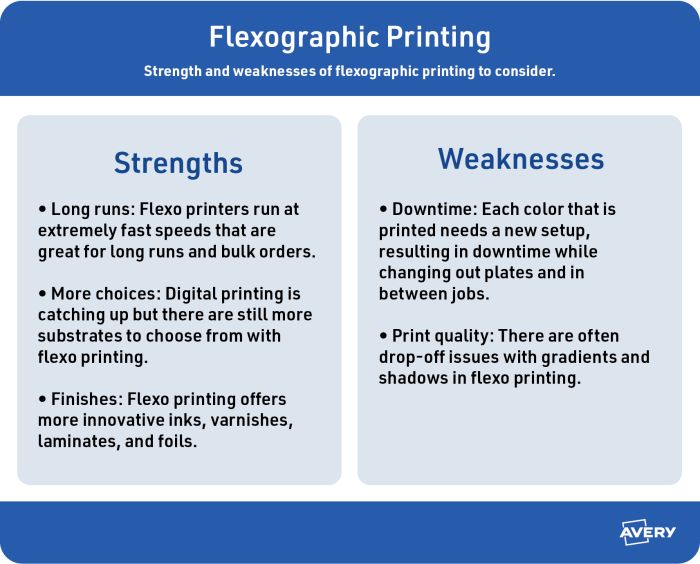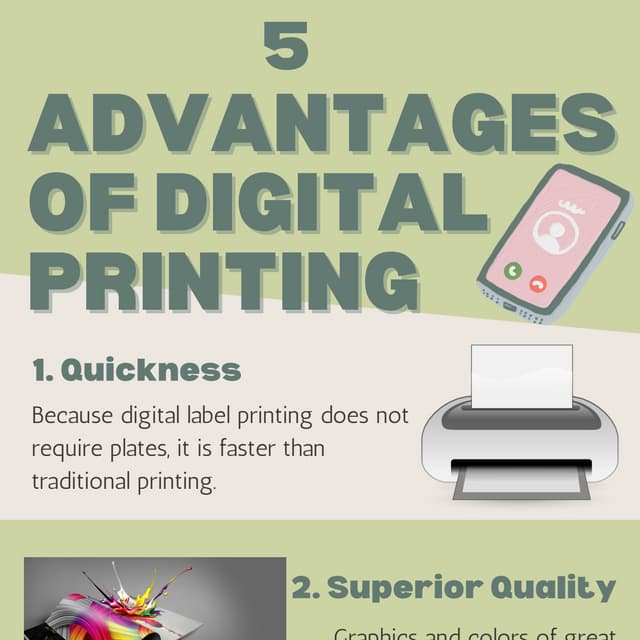All About Digital Printing
All About Digital Printing
Blog Article
Getting The Digital Printing To Work
Table of ContentsUnknown Facts About Digital PrintingThe Best Guide To Digital PrintingThe smart Trick of Digital Printing That Nobody is DiscussingSome Ideas on Digital Printing You Need To KnowDigital Printing Can Be Fun For EveryoneAll about Digital Printing
Variable data printing, such as direct mail with personalized codes and addresses, is ideally suited for digital printing. Digital quick printing just needs 4 actions of layout, testimonial, printing and binding to obtain whatever done. Digital quick printing has an unmatched benefit: print on need.According to PMMI, electronic printing enables brands and suppliers to react promptly to client demands while improving the supply chain, reducing warehousing price and waste, and enjoying faster time to market. That all sounds great, yet just how does this innovation do all that? The major differentiator of these modern technologies is that there are no set up fees and no plates with electronic printing.
Digital Printing Can Be Fun For Everyone
This results in quicker turnaround time and decreases expense when using electronic printing.
Fast manufacturing suggests getting your item to market quicker. It also suggests it's easier and faster to make modifications in the future, when you change a dish, add a SKU, or develop seasonal packaging. Digital printing is very versatile, so it's easy to make modifications to the package design promptly. Everything returns to home plates.
Much more stock can mean even more waste in the future. With standard printing methods, short-run printing is simply not feasible. Due to the fact that a fantastic design can make or break your item, electronic printing continually develops high-grade, clear and vivid graphics each time. Digital printing on adaptable bags adds the brilliant, dynamic, and accurate graphics that practically beckon consumers to connect and touch them.
Digital printing is the process of printing digital-based photos directly onto a variety of media substratums. There is no requirement for a printing plate, unlike with balanced out printing. Digital files such as PDFs or desktop computer publishing files can be sent out directly to the electronic printing press to publish theoretically, photo paper, canvas, textile, synthetics, cardstock and other substrates.
Examine This Report about Digital Printing
According to PMMI, digital printing allows brands and manufacturers to respond rapidly to client needs while enhancing the supply chain, lowering warehousing cost and waste, and enjoying faster time to market. That all noises great, however just how does this technology do all that? The major differentiator of these technologies is that there are no set-up fees and no plates with digital printing.
According to Wikipedia, the greatest difference in between electronic printing and conventional techniques such as lithography, flexography, gravure, or letterpress is that there is no demand to replace printing plates in digital printing, whereas in these analog printing techniques home plates are consistently changed. This causes quicker turnaround time and reduces expense when making use of read review electronic printing.

10 Easy Facts About Digital Printing Shown
Extra inventory can imply more waste later on. With traditional printing approaches, short-run printing is simply not feasible. Due to the fact that a terrific style can make or break your product, digital printing consistently creates top notch, clear and vibrant graphics each time. Digital printing on versatile pouches includes the brilliant, dynamic, and accurate graphics that virtually beckon consumers to reach out and touch them.

According to PMMI, digital printing allows brands and producers to respond rapidly to customer demands while improving the supply chain, reducing warehousing cost and waste, and delighting in faster time to market. That all sounds fantastic, but how does this modern technology do all that? The significant differentiator of these innovations is that there are no set-up fees and no plates with electronic printing.
Getting My Digital Printing To Work
According look at here to Wikipedia, the greatest difference between electronic printing and typical approaches such as lithography, flexography, gravure, or letterpress is that there is no requirement to change printing plates in digital printing, whereas in these analog printing methods home plates are continuously replaced. This leads to quicker turnaround time and reduces cost when utilizing electronic printing.
Speedy production implies getting your product to market much faster. It also suggests it's simpler and faster to make adjustments in the future, when you change a recipe, include a SKU, or produce seasonal product packaging. Digital printing is highly versatile, so it's very easy to make changes to the bundle style quickly. Everything returns to the check here plates.

Unknown Facts About Digital Printing
Digital printing is the process of printing digital-based images directly onto a range of media substrates. There is no demand for a printing plate, unlike with countered printing. Digital files such as PDFs or desktop posting data can be sent out straight to the electronic printing press to print on paper, image paper, canvas, material, synthetics, cardstock and various other substratums.
Report this page